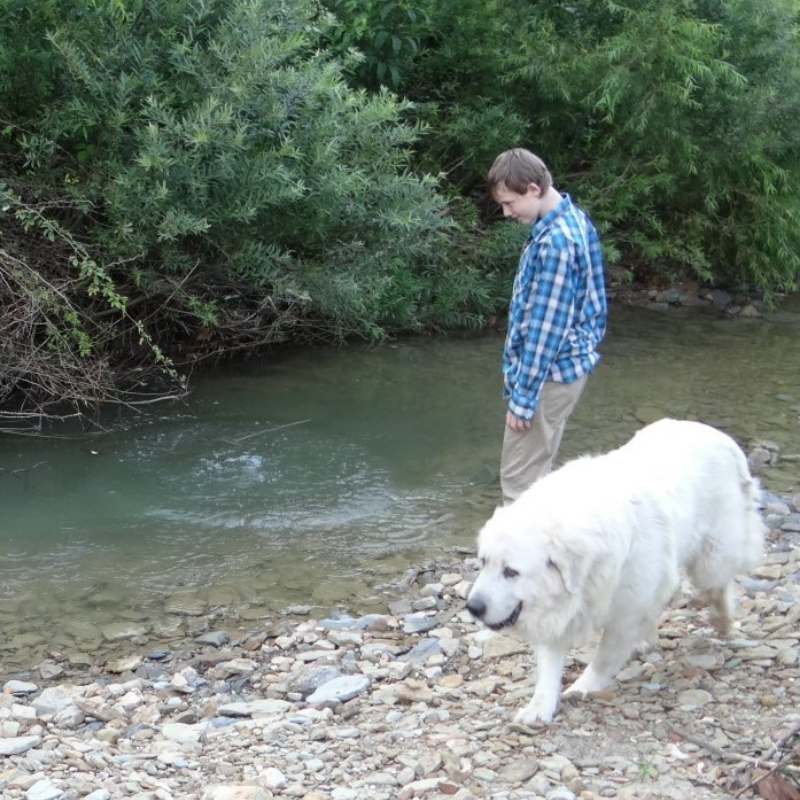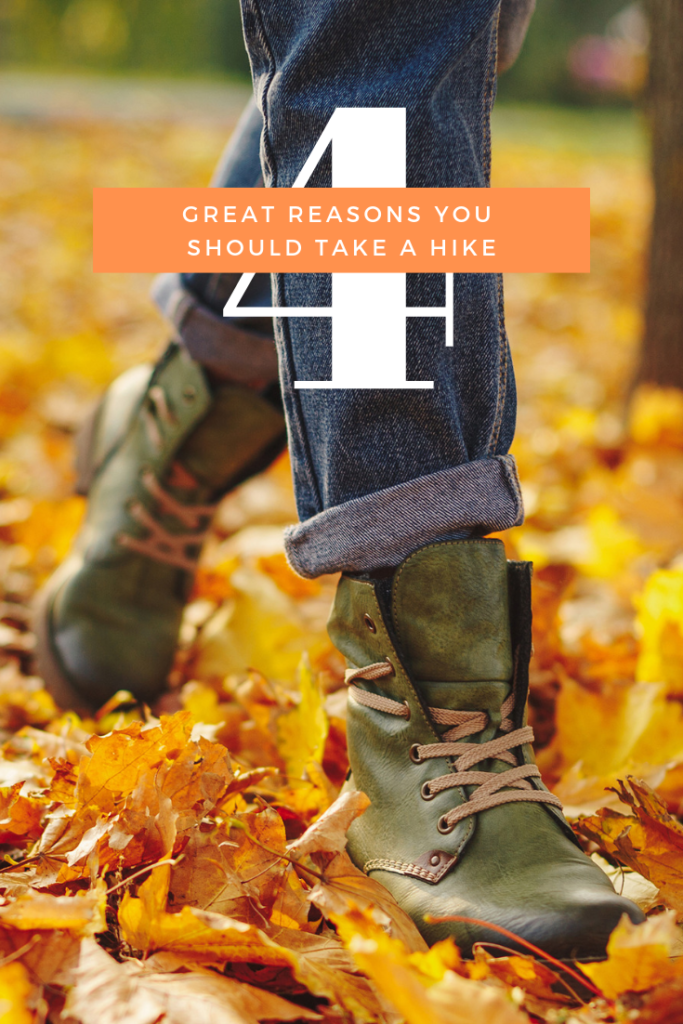Taking a hike is one of the easiest, low cost and most accessible activities you can find at home or while traveling. It’s an activity the whole family can enjoy and one that has many positive health benefits.
What’s holding you back from hiking? Trails for all skills levels from newbie to expert are available everywhere. You can even simply take a nature hike through your backyard or a stroll through the neighborhood.
If you are worried about uneven terrain, you can find paved or graded hiking trails throughout the US and abroad. Need more reasons to take a hike? Check these out:
Hiking is an inexpensive sport
It isn’t necessary to go to the gym to stay in shape or to lose excess pounds. There are always local parks, beaches, hills or hiking trails nearby. If unaware of trails in the community consider visiting the website Gorp as it lists numerous trails by state and by region throughout the United States. It is also provides links to trails outside of the United States. This is an excellent site to plan hiking activities and even trips that are focused around hiking and camping.
Hiking is considered to be one of the favorite pastimes of the American population as well as in many parts of the world. It is becoming popular among all age groups, although young adults have shown more interest in these kinds of activities than the others. Often, hiking would take place as an adventurous form of sport although there are many people who undertake hiking as an alternative method of exercise to their monotonous exercise schedules in a gym.
The popularity of hiking can be related to several aspects of these activities and among them:
- ever-changing scenery while hiking
- challenges it brings with each step
- feeling of fresh air on your face
- ability to take time off from the daily work schedules.
Hiking has great health benefits
The health benefits of hiking are many! It’s a great cardio-vascular activity improving circulation, stamina and overall wellness.
When you want to amp things up, you can simply choose a harder trail. A gradually steepening track is an ideal method of converting hiking to a good cardio workout. Having brisk walks in between hills also adds value to the hike.
Hiking can tone the muscles of the body, especially through your core and lower body. This provides on-going support to prevent injuries in lower limb joints. Although the lower body muscles get the most exercise, the upper body muscles also benefit from a hiking activity. Swing your arms while you’re walking for an extra boost. Be sure to use proper hiking gear such as equally weight distributing bag packs and hiking boots to prevent injuries.
Hiking can make you happier
Taking a hike can be a great stress reliever. Vital time away from all the hustle and bustle of daily work is energizing and soothing for the mind. In combination, a clear mind and a great workout would lead to a refreshed person at the end of an activity.
Apart from the specific health benefits, hiking is a low impact exercise that’s easy on painful and arthritic joints. This makes it easy to hike as a leisure activity, which in turn, helps make your overall wellness something to smile about.
Hiking is a great multigenerational activity
Hiking doesn’t have to take place alone. The whole family can participate!
If you are looking for a great way to connect with your grand-kids, hiking is it. They’ll enjoy the fresh air right along with you and you can all have a great time exploring nature. Be prepared for questions by brushing up on some fun nature facts you can share with the little ones who would certainly love to know things like why trees have tree bark.
Babies enjoy a good hike, too. Often little children love to view new places and the rhythm of hiking is very relaxing. Just pick a paved path and grab the stroller for a fun walk in the park.
Hiking Safety Tips:
If you are new to hiking, schedule a visit with the doctor to talk about any health concerns before starting a routine. Then, map out possible hiking trails. Short walks on easy surfaces (such as a local park) are best to start and as that becomes easier, choose trails that are little less simple, a little longer and may be on more of an incline. Set goals that are achievable each week and work up to a long trail that is of great interest by the end of the year.
In addition, use these tips to help you along the trails:
- Bring plenty of water and a granola/protein bar.
- Be careful of wildlife. If there is a run in with any dangerous wildlife back away slowly and do not run.
- Be cautious of unfamiliar plants. They could be poisonous!
- Bring along a first-aid kit.
- Stay on the trail and don’t walk off at any point.
- Bring along a friend. If choosing to hike alone, tell family member or a friend exactly where you plan to hike. (If there is a ranger station or a check in point, leave your name and plans with the ranger prior to hiking).
- Check the weather before leaving as sudden changes in weather can be very dangerous.




